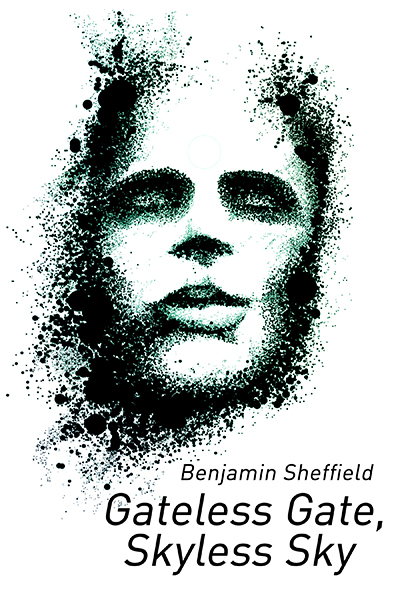 April 22 1993. The 37th President of the United State, Richard Milhous Nixon, passed away. He was carried by motorcade to the Richard Nixon Presidential Library, was then buried Yorba Linda, a suburban city in Orange County, California. You might be thinking this is boring and useless information. You’re right. It is.
April 22 1993. The 37th President of the United State, Richard Milhous Nixon, passed away. He was carried by motorcade to the Richard Nixon Presidential Library, was then buried Yorba Linda, a suburban city in Orange County, California. You might be thinking this is boring and useless information. You’re right. It is.
What’s interesting is that he was buried within a few feet of the place he was born, giving his life an almost palindromic quality. From birth to death, his planetary displacement was almost zero.
“Almost palindromic” describes many things about Nixon. His surname isn’t a palindrome, but it clearly wants to be. Five letters. An N at beginning and end. A pivotal X in the middle. Vowels in the spaces between. “Nixon” means “Son of Nicholas”, and “Nicholas” contracts to “Nick”, evocative of how “Richard” contracts to “Rick.”
He was born on January 1913. If he’d been born a few months later or died a few months earlier, he would have been exactly eighty years old. Eighty is a nice, symmetrical number, easy to derive as a product and palindromic in base 3(22223), 6(2126), and 9 (889.)
The situation is almost poetic, which is to say, it’s truly and deeply aggravating. I can handle the universe not making sense. What I can’t handle is when the universe almost makes sense…and then doesn’t. It’s as infuriating as a basketball shot that scrapes the rim and misses.
Imagine a more poetic and elegant universe, where Nixon/Noxin’s life truly was a palindrome: the second half a reversal of the first half.
Let’s call 1952 the midway point. Nixon was suffering the first major scandal of his career: an investigation on the misuse of Republican party funds. He looked uncomfortable, and guilty. Some women have resting bitch face. Nixon had resting guilt face. The poor guy could have said “I’m the devil” and make everyone wonder what he was really hiding.
During the speech, he told an awkward anecdote about a black-and-white dog called Checkers.
In my universe, Nixon closes those guilty eyes, the universe crunches and inverts like the X in his name…and Noxin opens them. And begins to talk.
“…As it happens, I also own a white-and-black cat called Chess.”
From there, the rest of his life plays out like falling dominoes. Or perhaps someone re-setting dominoes that have already fallen.
1954: expelled from the US Senate.
1960: fails to win California’s 12th congressional district against a Democrat challenger. Tragically loses his daughter in an unexplained accident. Noxin feels nothing. Whatever grief a man would normally feel is expressed only in negatives.
1960: returns to military service in the US Navy.
1962: War. Massive US deployment of soldiers in Vietnam. The Cuban Missile Crisis occurs – the United States enters DEFCON 2. Noxin is now part of a new form of war: one that might see nobody surviving to be a winner or a loser – a war fought by the hawks of plutonium and uranium, with humanity as their inept and feeble falconer.
1965: The Tet Offensive overruns key US positions. Vietnamization is failing, and detente is no longer possible. Behind the Iron Curtain, the USSR marshalls its strength like Zeus gathering up thunderbolts.
1966: While overseas, Noxin realises that his wife Pat has left him. He doesn’t understand why, but he also doesn’t understand why he married in the first place. It seems like something that happened to a different person.
1968: all storms break. Europe is under attack. The nukes start to fly. Noxin serves, until the point where he doesn’t. He doesn’t need to see Germany or Poland get taken, added to the Soviet urheimat. He wants to see the rot take hold in his own country. He arranges an honorable discharge, and returns to law.
1973: Noxin watches as the US implodes inwards. This is fundamentally satisfying for him. The stock market crashes. Nuclear fallout terminates the bread basket forever.
1993: Noxin returns to his place of birth, his life a blind-ended worm: no differentiation possible between one end or the other. Then he’s buried in Yorba Linda. The last men of the United States shovel irradiated dirt into this second womb.
No Comments »

